With increasing national debate and action around raising the minimum wage, particularly in several big cities (e.g., New York, Seattle, Washington, Los Angeles, Chicago), now is a good time to ask: Where do low-wage workers live?
In our recent blog post about the prevalence of low-wage work in the suburbs, we alluded to a new analysis regarding the share of low-wage workers who actually live in the suburbs. This post further analyzes the data to learn the extent to which fights to raise minimum wages in big cities might affect the low-wage workforce in metro areas.
We define “low-wage work” as occupations in which, nationally, at least one-quarter of all workers make less than $10/hour. The major low-wage categories include: (1) sales and related occupations; (2) food preparation and serving related occupations; (3) building and grounds cleaning and maintenance occupations; (4) personal care and service occupations; and (5) farming, fishing, and forestry occupations.
Not all workers in these low-wage occupations earn “low wages” (and vice versa), but much of the nation’s low-wage workforce fits into one of these five sectors. In fact, as the table below shows, more than half of workers in two of these occupational sectors (food preparation and serving related occupations; and farming, fishing, and forestry occupations) make less than $10/hour. (In order to give a sense of what these occupational groupings mean, we have also included a non-exhaustive list of jobs that fall within these sectors). Altogether, there were over 23 million workers in the five low-wage sectors in the 94 largest metropolitan areas in 2012, with the largest share working in sales and related occupations (10.5 million).
Low-Wage Occupational Sectors

Sales and related occupations: Cashiers, retail salespersons, telemarketers, counter and rental clerks
Food preparation and serving related occupations: Fast food and counter workers, Food preparation workers, dishwashers, cafeteria attendants
Building and grounds cleaning and maintenance occupations: Janitors and cleaners, maids, landscaping and grounds-keeping workers
Personal care and service occupations: Ushers, lobby attendants and ticket takers, hairdressers, baggage porters and bellhops, childcare workers, personal care aides
Farming, fishing, and forestry occupations: Farmworkers and laborers, logging workers, fishers, agricultural equipment operators
About two-thirds (67 percent) of workers in low-wage occupations live in suburban communities, just below the share of total workers who live in suburbs (69 percent).

Some types of low-wage workers are more likely to live in suburbs than others. While only 63 percent of workers (2.3 million) employed in building and grounds cleaning and maintenance occupations are suburban, 71 percent of workers (7.4 million) in sales and related occupations—the largest low-wage occupational sector in metropolitan America—live in the suburbs, evidence that most of America’s retail jobs and workforce have moved to suburbia.

The geography of low-wage workers varies across metropolitan areas, too. Not surprisingly, in highly suburbanized metro areas, large shares of workers in low-wage occupations live in the suburbs, led by: Atlanta (92 percent), Miami (89 percent), Providence (89 percent), Greenville (88 percent), and St. Louis (88 percent). Conversely, these figures are lower in less suburbanized metro areas, including: El Paso (16 percent), San Jose (30 percent), Colorado Springs (31 percent), Wichita (35 percent), and Albuquerque (35 percent). Notably, in three metro areas—Bakersfield, Washington, D.C., and Las Vegas—low-wage workers are disproportionately located in the suburbs compared to the overall workforce.

As municipalities across the country examine ways to boost workers’ wages, these data indicate the geography and scale of low-wage work in America. Big-city campaigns to raise minimum wages might affect millions of workers, but would still miss the majority-suburban low-wage workforce in metropolitan areas. Conversely, coordinated efforts to push these increases beyond cities into surrounding suburbs (as has recently occurred in the Washington, D.C. area) acknowledge the new geographic realities of low-wage work.

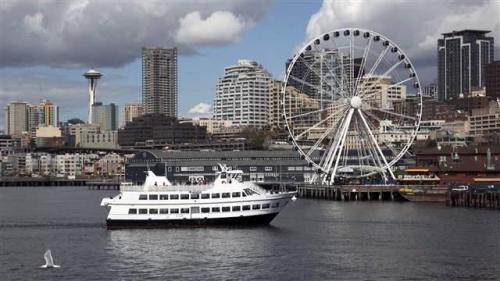
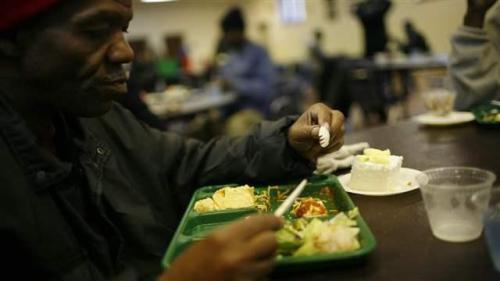

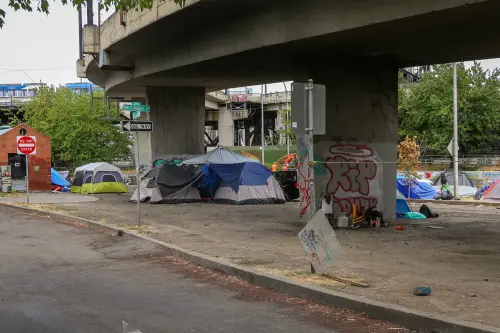
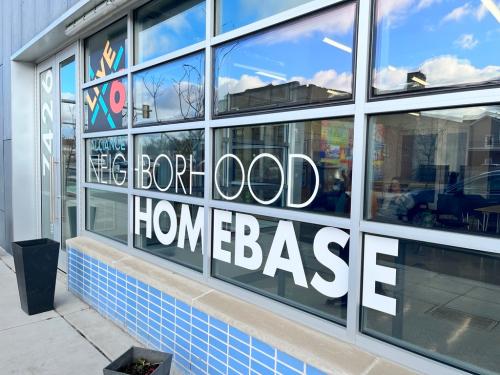
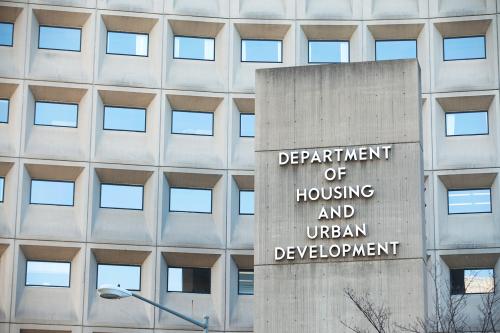
Commentary
The Metropolitan Geography of Low-Wage Work
February 10, 2014